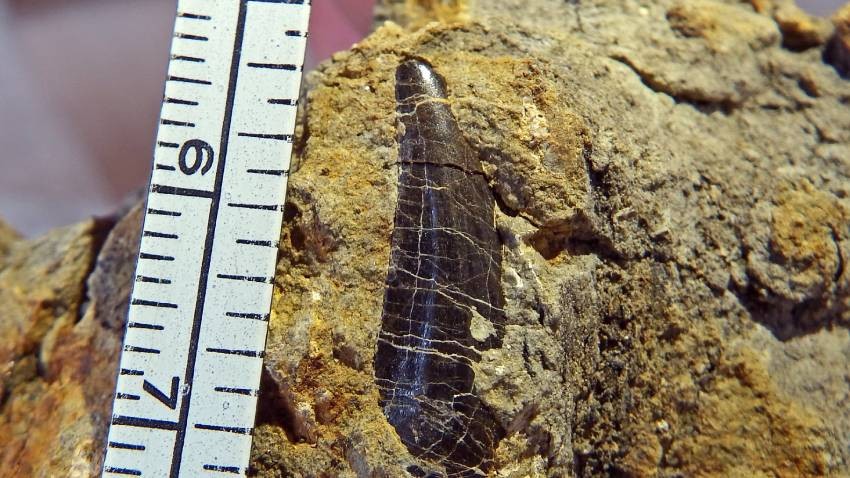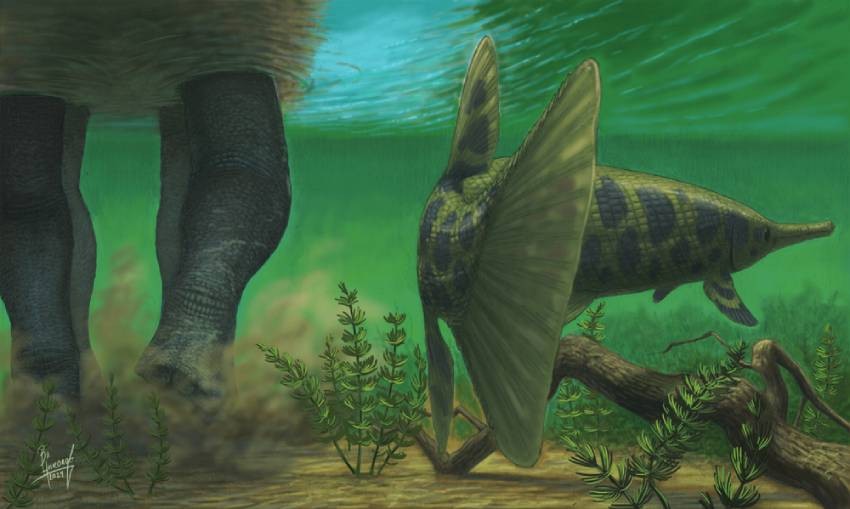What was the animal world like in the region of what is today the town of Trun more than 80 million years ago – that is the question paleontologists from the Bulgarian Academy of Sciences’ National Museum of Natural History have been trying to answer. More than 30 fossils of vertebrates have been collected as a result of their summer expedition taking place near Trun for the 7th year running. They have been dated to the late Cretaceous period.
The fossils found include bones from large reptiles, crocodile teeth, a lot of fragments, among them tortoise shells, teeth from fish no longer to be found in Europe, frog bones as well as hitherto unknown fossils which the scientists say will most probably turn out to be insect fossils from the age of dinosaurs. What all this shows, the paleontologist say, is that there once existed an exceedingly rich ecosystem in the region of Trun which will, from a scientific point of view, help fill in the blanks about life in these parts 80 million years ago.
Compiled by Gergana Mancheva
Translated and posted by Milena Daynova
Photos:National Museum of Natural History of the Bulgarian Academy of Sciences
Today, The Bulgarian Orthodox Church honors the memory of Saint John the Baptist, also known as Saint John the Forerunner, because he prepared people for the coming of the Savior. The day dedicated to Saint John the Baptist, known in Bulgaria as..
On January 6, the Bulgarian Orthodox Church is marking Epiphany. According to the Bible, on this day John the Baptist baptized Jesus Christ in the Jordan River. Traditionally, a festive Epiphany liturgy is held in churches, water is blessed, and then..
The fighting for Sofia within the framework of the Russo-Turkish War (1877-1878) began on December 25, 1877. On January 3, 1878, the city's commandant Osman Nuri Pasha began to withdraw from Sofia. His plans to set the city on fire were thwarted..

+359 2 9336 661
